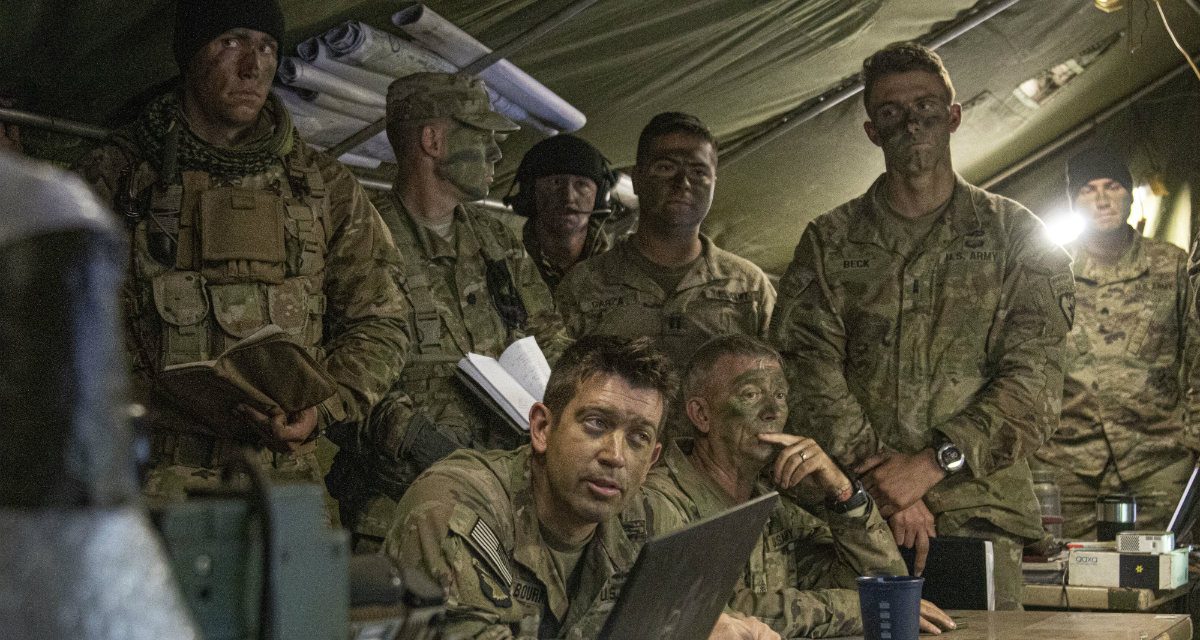By George W. Croner*
(FPRI) — The Foreign Intelligence Surveillance Act (FISA) enters 2020 under the microscope in a way seldom seen in the four decades in which it has served as the touchstone for conducting foreign intelligence electronic surveillance in the United States. Consequently, as the calendar has turned to January, now is as good a time as any to see what is on the FISA agenda for the new year.
An Update on FISA’s Present Posture
In 2019, the most significant FISA-related issue was the question of Congress renewing three FISA authorities facing sunset on December 15, 2019. Those three provisions were the (1) “lone wolf” surveillance authority, (2) the “roving wiretap” authority, and (3) the “access to business records” authority, which includes the “call detail record (CDR)” provisions that were the subject of congressional reform following the Edward Snowden disclosures. In November 2018, as 2019 approached, I wrote about the anticipated debate that I expected to surround the decision on whether or not to extend these authorities.[1]
The absence of any material activity on the reauthorization issue until late 2019 was no surprise given the crowded congressional calendar. But, the traditional legislative logjam was exacerbated in 2019 by deep partisan divide and major developments impacting the congressional agenda including, inter alia, the release and subsequent fencing over the Mueller Report, the controversies that ultimately led to the impeachment of Donald Trump, and, on December 9, 2019, the release of Justice Department Inspector General Michael Horowitz’s report titled Review of Four FISA Applications and Other Aspects of the Crossfire Hurricane Investigation (the “Horowitz Report” or “Report”). These matters, particularly the House impeachment inquiry, left the legislative calendar in tatters, so it was no surprise that, in late November before the Horowitz Report was even issued, Congress added a little-noticed provision to an appropriations bill that extended the sunset date for the aforementioned FISA authorities until March 15, 2020.[2]
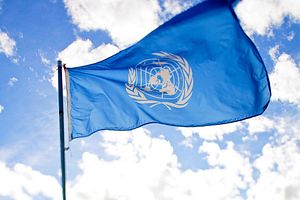 China’s U.N. ambassador warned Wednesday against further escalation between India and Pakistan over the disputed Kashmir region and expressed hope that a Security Council meeting called by Beijing will encourage both countries to seek a solution through dialogue.
China’s U.N. ambassador warned Wednesday against further escalation between India and Pakistan over the disputed Kashmir region and expressed hope that a Security Council meeting called by Beijing will encourage both countries to seek a solution through dialogue.

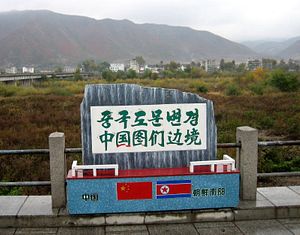
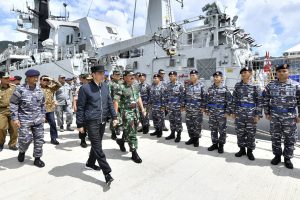


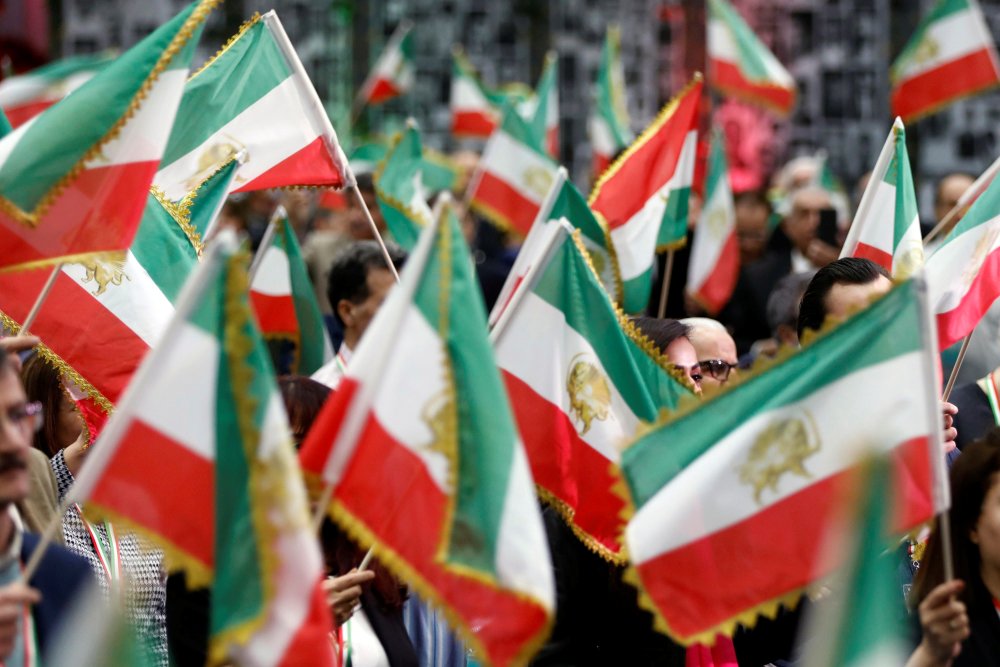




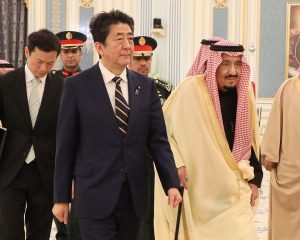

/arc-anglerfish-arc2-prod-mco.s3.amazonaws.com/public/4437WVKVBJG43LPNE4MVQ3LB3U.jpg)


